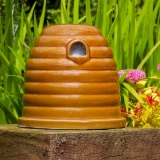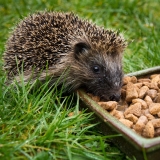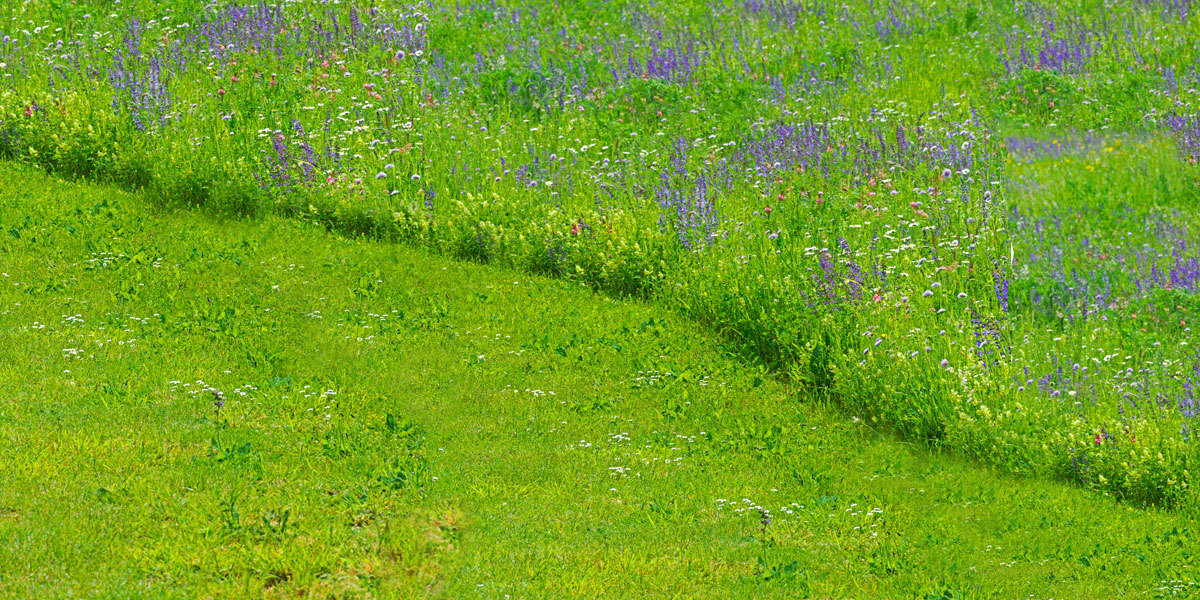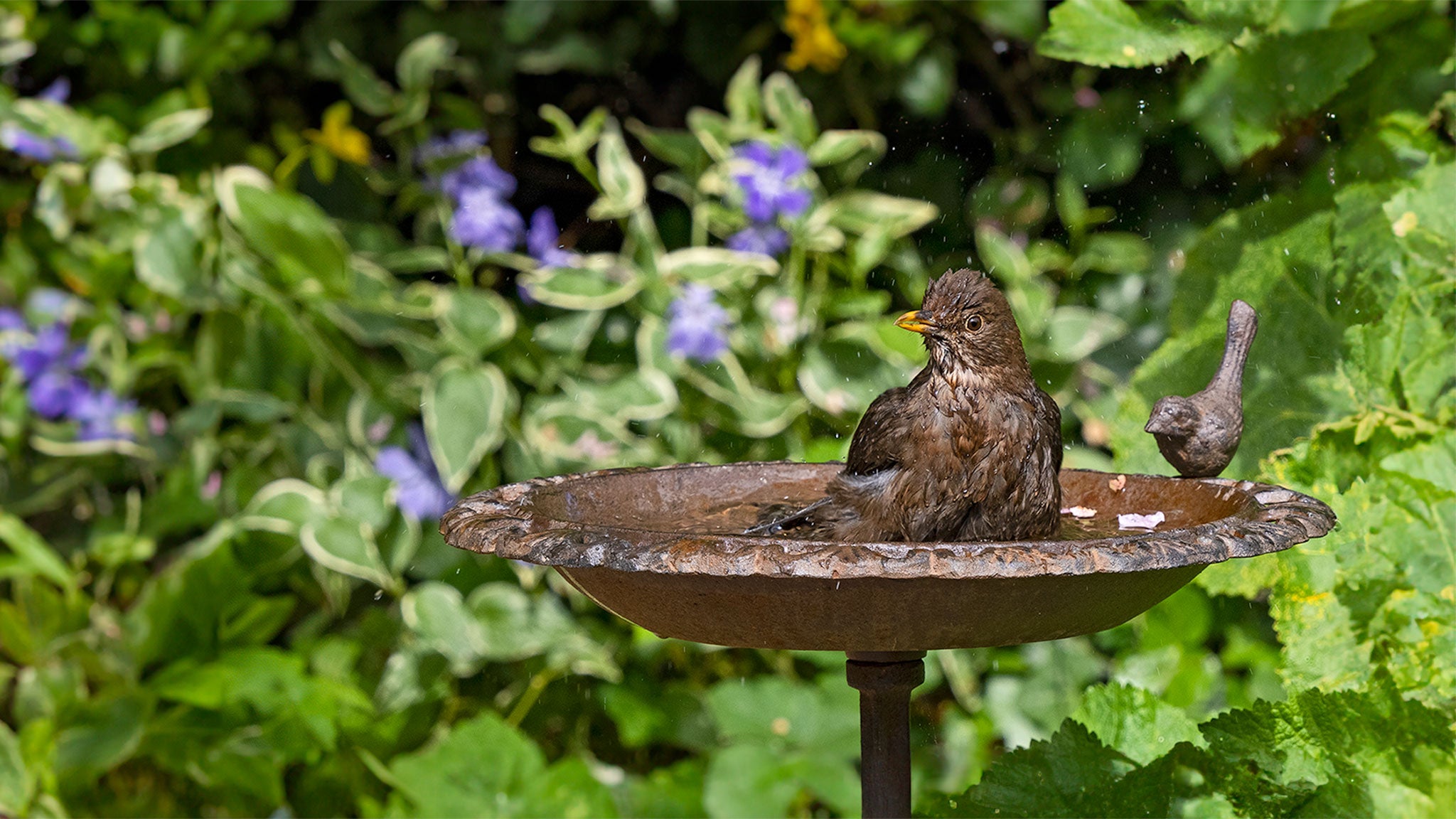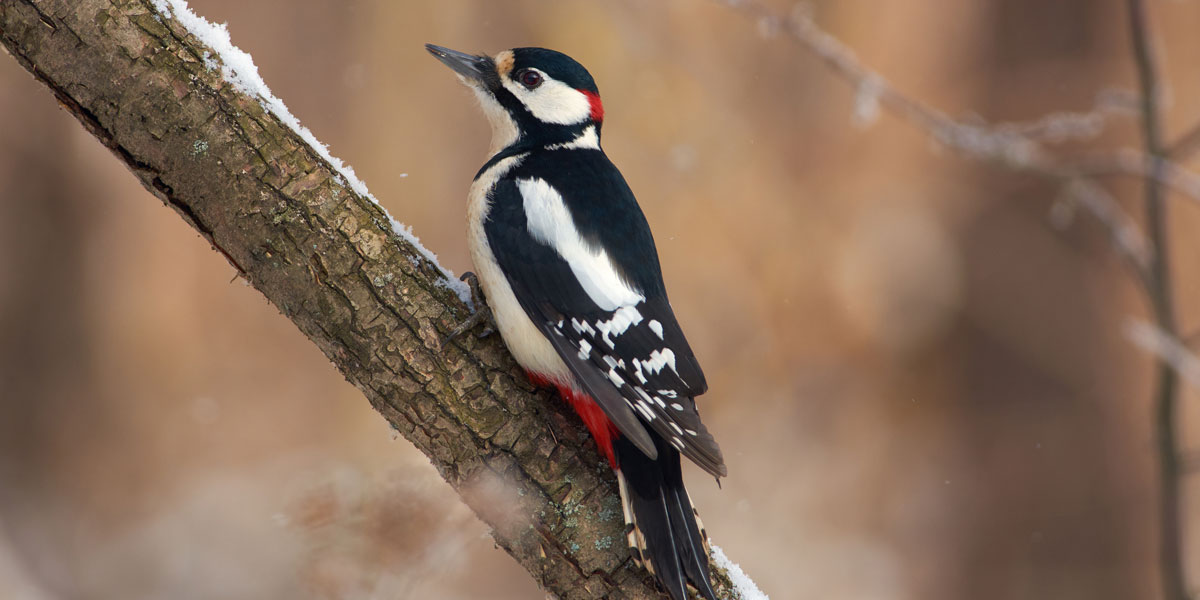Explore Our Garden Wildlife Blog
Browse or search by Category or Keyword below, alternatively click on any Tag to see related articles.
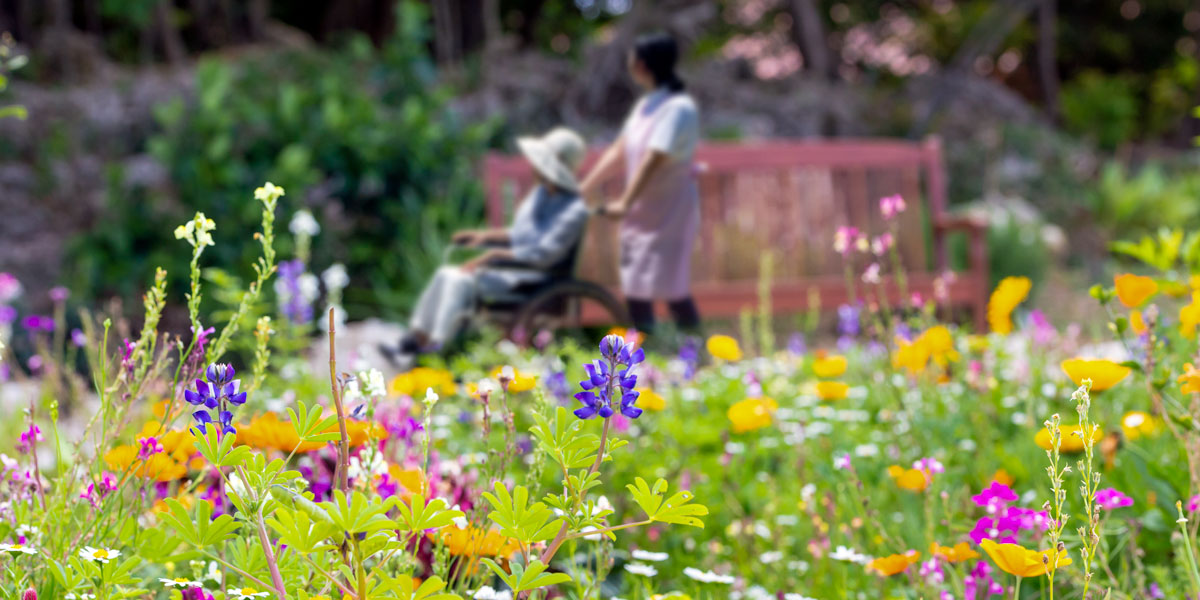

What is a sensory garden?
By Ark Wildlife
20th July 2022
Last Updated: 5th April 2024
A sensory garden is a planned space, usually outdoors, which provokes the physical senses of sight, smell, touch, hearing and taste. Sensory gardens include things which stimulate those five senses, including: plants, wildlife, objects, surfaces and garden features.
Sensory gardens can be created for different purposes and tailored to those who will be using them. They can be used for relaxation, stimulation, learning or therapy. They can also be designed to be accessible for all, including those people in wheelchairs or with sight or hearing loss, or those with special educational needs and disabilities (SEND).
What are the benefits of a sensory garden?
Sensory gardens have a multitude of benefits, including:
✔ Aiding sensory development
✔ Providing exposure to sunlight and fresh air
✔ Promoting calm and relaxation
✔ Helping to engage people with wildlife and the environment
✔ Providing ways to learn about the natural world
✔ Supporting cognitive development
✔ Encouraging exploration
✔ Stimulating communication (both language and non-verbal)
✔ Providing a sense of freedom and independence (e.g. giving wheelchair users an accessible outside space)
✔ Improving physical fitness (gardening activities)
✔ Boosting mood
✔ Developing gross and fine motor skills
✔ Helping emotional regulation
✔ Providing opportunity to learn gardening skills
✔ Helping visitors gain in confidence
✔ Educating around how to grow fruit and vegetables and what makes a healthy diet/good nutrition
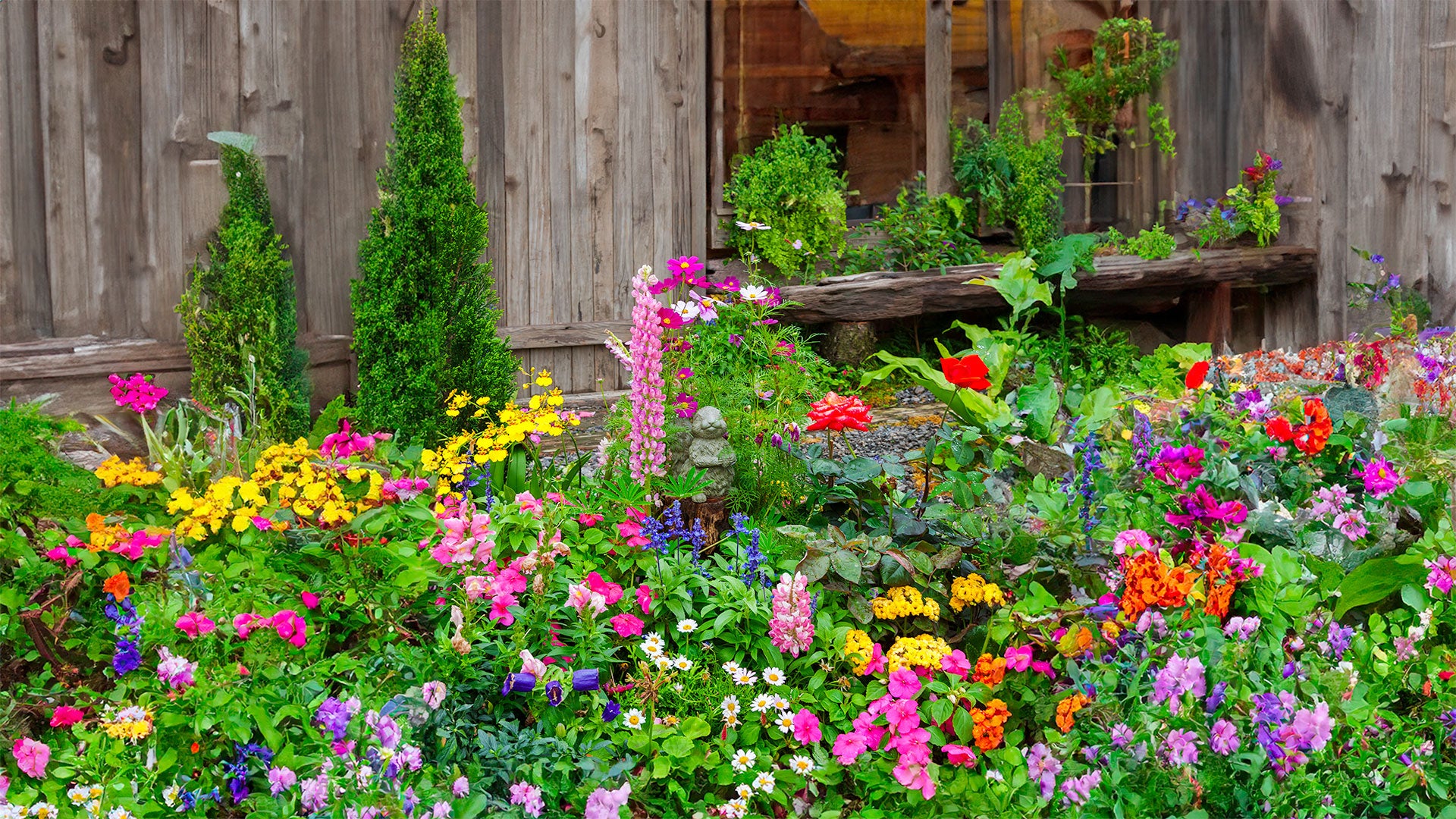

Why are sensory gardens good for those with disabilities and special educational needs?
Sensory gardens are particularly good for those with special educational needs and disabilities, especially those with sensory limitations or sensory processing disorders.
People with sensory processing disorders can have sensory processing hypersensitivities (over-responsiveness to touch, sound, smell) or sensory processing hyposensitivities (under-responsiveness to touch, sound, smell).
A sensory garden can be therapeutic for those who are over-responsive to stimuli, because it can act as a calming, safe place – somewhere to feel comfortable. And a sensory garden can help stimulate the senses for those who are generally under-responsive to stimuli.
If the sensory garden has been created to be wholly accessible, those with disabilities can feel safe and independent in an outside space: a freedom they might not often have.
For those with dementia, for example, sensory gardens can help to relax any anxiety and stimulate happy memories, while the act of gardening can bring rewards and a sense of purpose.
What should you include within a sensory garden?
Ideally, you want to create a sensory garden that can provide as many health benefits as possible, so you need to consider all the people who are going to be using the garden and their needs, particularly disabled users.
You need to include things like:
- Raised flower beds
- Wide, non-slip paths
- Braille signs
- Enabling, lightweight, garden tools
- Wheelchair-accessible tables
- Retractable hanging baskets
- Shade for those who are working
- Quick access to disabled toilets
- A quiet, sheltered area for those who might feel overwhelmed or too hot/too cold
You also need to consider what plants and flowers to include to stimulate the senses and attract local wildlife. We run through some of the best sensory plants and flowers below.
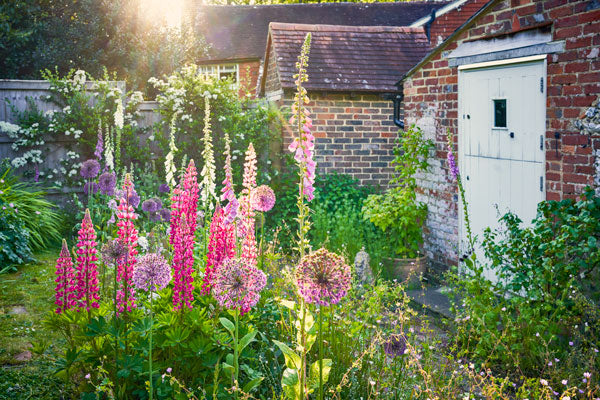

Sight
Plants come in every colour, with the added delight of changes throughout the seasons. Think about including colourful flowers and consider the season they will bloom in (aim for some colour in each season). Flowers like corn marigold (chrysanthemum segetum) have bold yellow flowers in summer, while the chinese lantern (physalis franchetii) has large gold or flame-coloured lanterns in autumn. And make sure to include plenty of spring bulbs and winter berries.
Encourage colourful butterflies into your sensory garden using butterfly food and butterfly-attracting wildflowers. Wildflower seed mixes and seed balls are ideal for this.
Also consider the distinctive shapes that can come from leaves (oak, sycamore, ash), flowers (oxeye daisy, poppy, snapdragon), stems (bamboo canes, corkscrew hazel) and fruit (apples and pears).
Don’t forget that materials can also provide a richness of colours and textures (stone, old brick, gravel, slate). And simple materials can be used to create patterns of colour (mosaics, murals, paving). Also consider the changes in appearance and colour of materials when wet and dry.
Sound
Think about sounds that occur naturally and those that can be activated by people. Natural sounds include: leaves and stems rustling in the wind, buzzing insects, birds singing, grasshoppers clicking, water trickling/dripping/splashing. Activated sounds include splashing water, striking chimes and sound sculptures.
A water feature or bird bath are ideal additions to a sensory garden and will also ensure the garden is wildlife friendly.
Consider planting long grasses so that visitors can listen as the wind rustles through them. Quaking grass (briza media) has attractive shaking seed heads and golden oats (stipa gigantea) rustles in the breeze.
Also plant flowers that attract bees; bees will buzz busily throughout summer.
Canterbury bell (campanula medium) is a great plant to entice buzzing bees. And don’t forget to position bird feeders in your garden to draw in local birds. The sound of bird song is a joy.
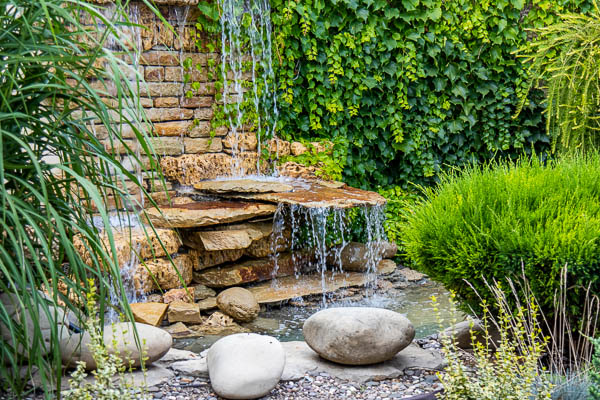

Smell
Choose scents for your garden that fill the air and can be smelt without touching the plant (mock orange, roses, winter honeysuckle, curry plant); subtle scents where the flowers need to be investigated (violet, primrose, mahonia,
daffodils); and activated scents that are released when plant parts are crushed (mint, lemon balm, scented geranium).
Fragrant nectar full flowers are essential for many of our pollinating insects, and are a fantastic addition to the garden. Scented leaves should also be added as interest points when activated by crushing the leaves.
Chamomile (chamaemelum nobile) provides a sweet-smelling lawn of flowers and lavender (lavandula spica) offers both a comforting scent and an activity idea: cut the stems and make lavender bags.
Don’t forget non-plant scents, including a whole range of familiar smells (pond water, cut grass, cut wood and wet soil).
Touch
The outdoors is full of different textures. Some considerations are rough surfaces (lichens, stone wall, bark); smooth (pebbles, seats, leaves, flower petals); ridged (textured stone, prickly leaves); hairy (leaves such as stachys, buds, soft conifers) and bumpy (cobbles, twigs). Also consider temperature (sun-warmed water, shaded cool water, stone next to soil); wet and dry (moist and dry soil/sand, freshly shed leaves and older dry leaves); and contrasting densities (hard stone and soft moss).
There are many plants that are enjoyable to gently touch to experience different textures. Hedge woundwort (stachys sylvatica) has hairy leaves, lamb’s ear (stachys byzantina) has soft, furry leaves and globe thistle (echinops) has spiky, round flower heads.
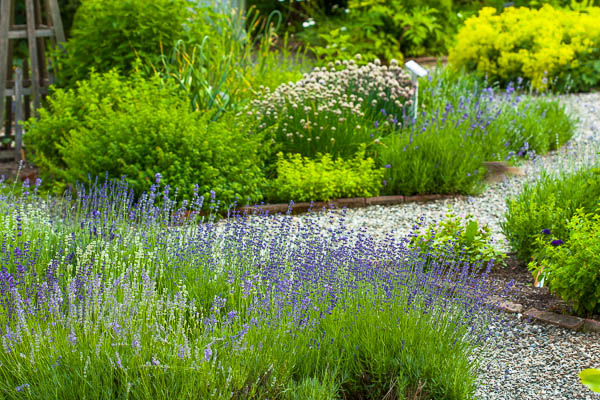

Taste
Taste can be a fun way to establish the link between growing plants and eating. However, particularly with children, it is essential to ensure that food plants are clearly recognised under strict supervision. You can also grow tasty fruit to attract animals and birds, not just humans.
Wild strawberry (fragaria vesca) is a small sweet fruit, mint (mentha variegata) is an aromatic foliage for decorative and cooking uses, while rosemary (rosmarinus officinalis) has highly fragrant leaves, used to flavour meat and fish.
Movement
Finally, think about the movement you would like people to feel and see in your garden. Consider different types of trees which move in the wind (aspen, birch, willow), grasses, wind chimes and mobiles, moving water, birds and moving sculptures. Hanging bird feeders are particularly useful at attracting birds and great for watching their acrobatics.
You need to aim to include plants which can provide a sensory experience as well as including plants that will attract wildlife. Visiting and resident animals will add to the sensory experience and creating a wildlife-friendly garden will also help to support the local environment. As an added benefit, connecting with wildlife can improve people’s mental health and wellbeing. We’ve put together a table below so that you can get the information you need at-a-glance:
How can you make a sensory garden accessible?
There are a number of things you can do to make a sensory garden accessible. Start by asking potential visitors and carers what they need, and what they would like to see. Examples include raised flower beds that give easy access to those in a wheelchair or the visually impaired. You must also ensure that all pathways are wide and non-slip, even when wet. Ideally, paths need to be about 60 inches (152 cm) wide for wheelchair access. Shaded areas provide safety from the sun to work or rest. And braille signage or plant labels are also important.
Accessibility needs to be a priority when you create a sensory garden. Sensory gardens are for all, and one of the benefits of a sensory garden is to make the natural world accessible to those who are learning or mobility disabled, sight or hearing impaired.
External sources/references






